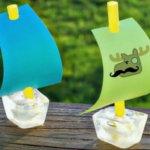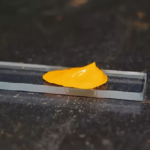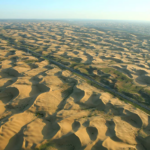The transformation of polyethylene into granules is an excellent solution to the problem with collecting garbage and good business.
How this process is performed, its components and other information in our publication.
Polyethylene is a very strong material for packaging, which is not exposed to both inorganic and organic acids. Moisture and water, saline or alkaline solutions are not fraught with him, is characterized by strength (very high -quality samples), and is considered by most characteristics an excellent option for industrial and domestic use.
Packaging from this material can be found in our life everywhere. Specifically, the popularity of this material and its key physical properties form the problems of garbage processing, very important for most settlements.
Types of polyethylene
Any polyethylene product is polyethylene made at a special temperature mode.
Today it is a very popular plastic worldwide. In domestic conditions, it is sometimes confused with cellophane due to similarity in appearance, but it has a plant occurrence.
From a teen in granules in which the size of 0.2 to 0.5 centimeters using polymerization makes different products.
The main difference in various options for this material is associated with the specifics of commodity production, and specifically the degree of pressure.
Properties of polymer ethylene and its use
As they said above, the main quality of polyethylene products is amazing stability with severe plasticity (high pressure materials), and resistance to external influence even by hostile media. Granular of secondary polyethylene is used as already mentioned above in many areas of the sculptor’s activity, and without this material it is difficult to imagine our life.
Polyethylene:
does not let water pass and does not absorb it;
does not react with a salty or alkaline environment;
The action of many acids is not served (as an exclusion of fifty percentage of nitric acid);
burns in a blue flame with the occurrence of paraffin smell (the compounds distinguished in this case cause damage to the external environment!);
Within a certain time, it becomes fragile or brittle (ages on landfills, pouring the soil and underground waters);
decays under the influence of chlorine or fluorine.
This material is used in almost all areas of human activity. Up to 35% of purchased polyethylene is spent on packaging products.
Different household products are also made from it, they are used in agriculture, automobile industry, instrumentation, in the preparation of materials for insulating work, pipeline pipelines, materials for thermal protection, in the field of medicine for prosthetics and so on further.





